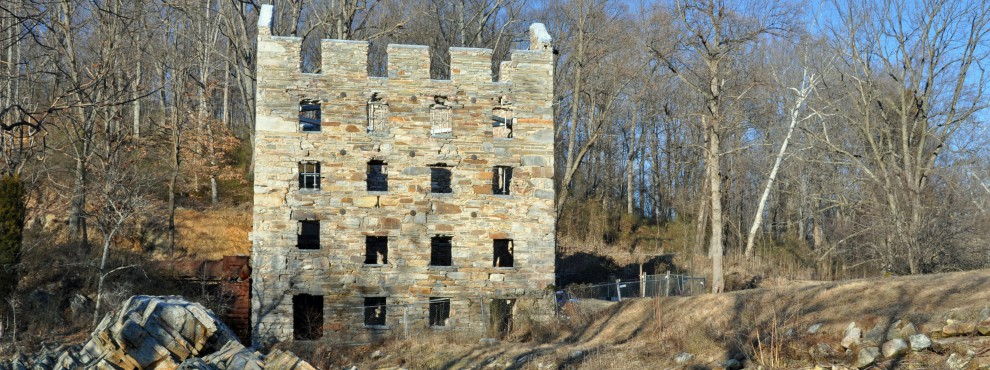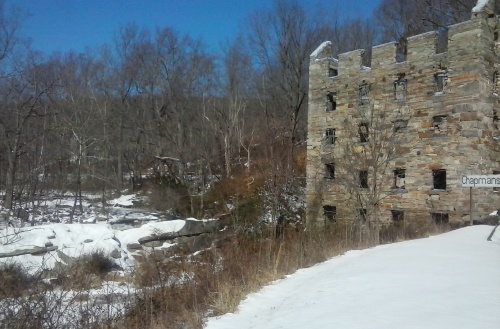Just because the Mill will soon be temporarily closed for improvements that doesn’t mean there won’t be anything to do there this summer. Take a look at what we have planned!
Mill Tours
Join us June 22 and July 27 at 11am to explore the Mill site with our Executive Director, Frances Allshouse. Frances will lead participants around the grounds explaining the history of significant areas and structures on the site. $5 per participant.
Adopt a Stone
Did you miss our Adopt a Stone Campaign kickoff last month? Here’s another chance to pick a stone! Visit Sunday, June 28 between 10am and 5pm to choose and adopt one (or more) of the over 3,000 stones that make up the Mill’s southernmost wall. Adoption prices start at just $25 per stone. Interested in adopting more than one stone? Be sure to ask about families of stones!
Site Clean-Up
Want to lend a hand at the Mill? We’re looking to organize a small crew to remove the vegetation growing in the stone fence on site. The clean-up session planned for June 28 10am to Noon. Contact Frances Allshouse (chapmanmill@gmail.com) for more information.
Photographer’s Special
Beginning this July we’ll be taking reservations for 2016 photo sessions at the Mill. Four hour sessions will be available for a donation of $50. All-day sessions will also be available. Stay tuned for details!
Wine Tasting Fundraiser
On August 2, join us at Barrel Oak Winery for our first wine tasting fundraiser. Tickets will be available in advance at $25 per person.
We hope to see you at the Mill soon!


